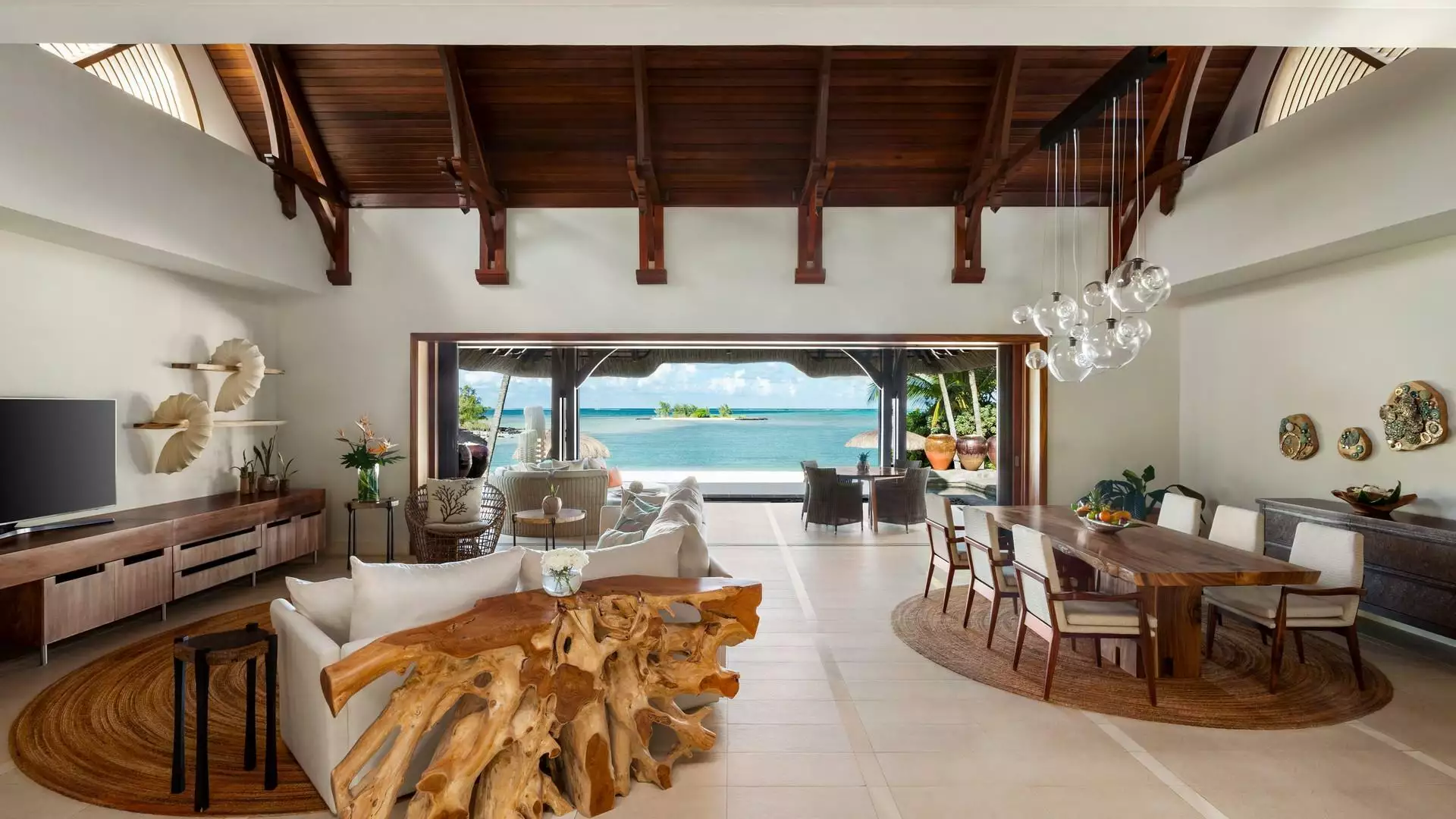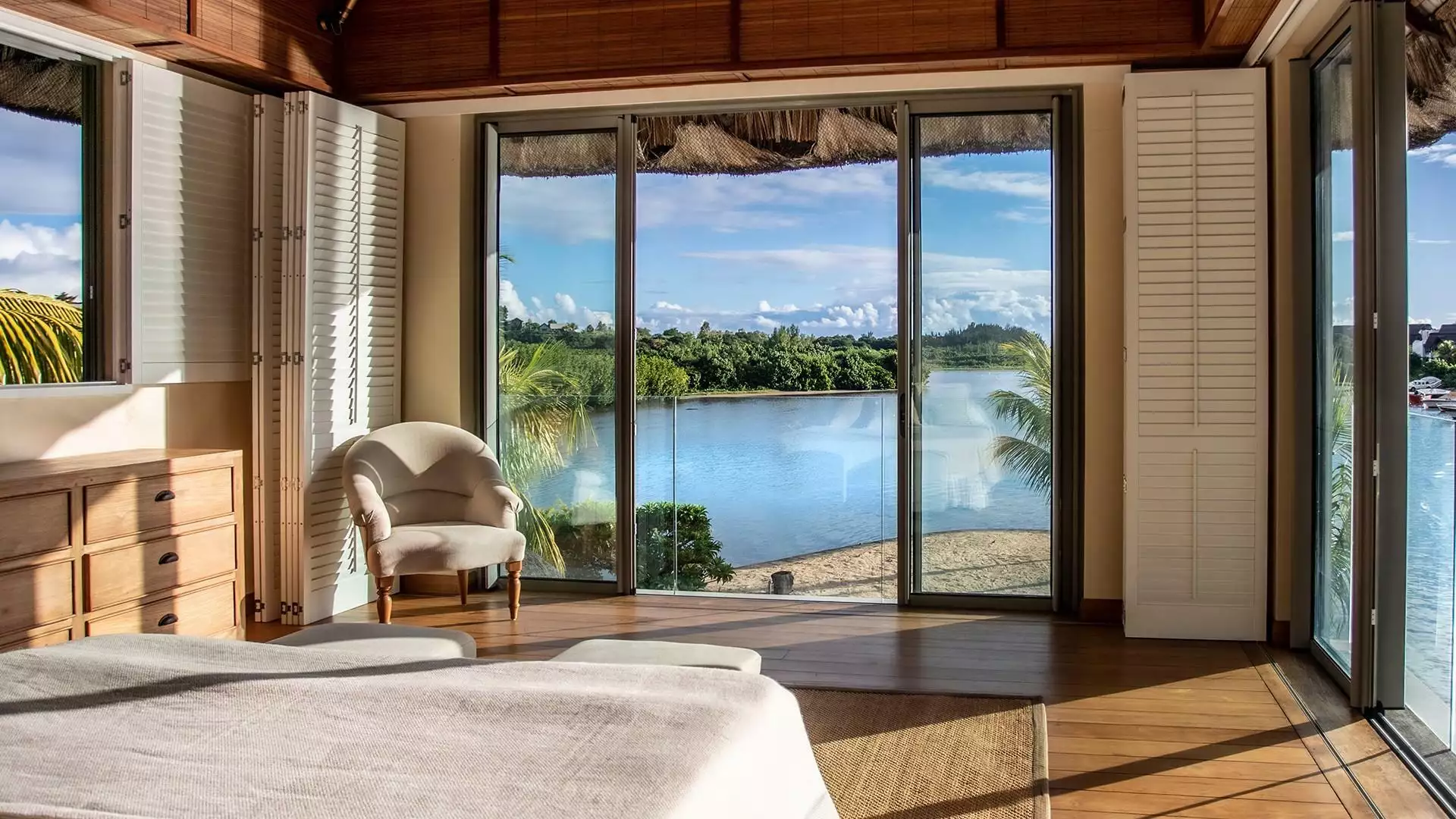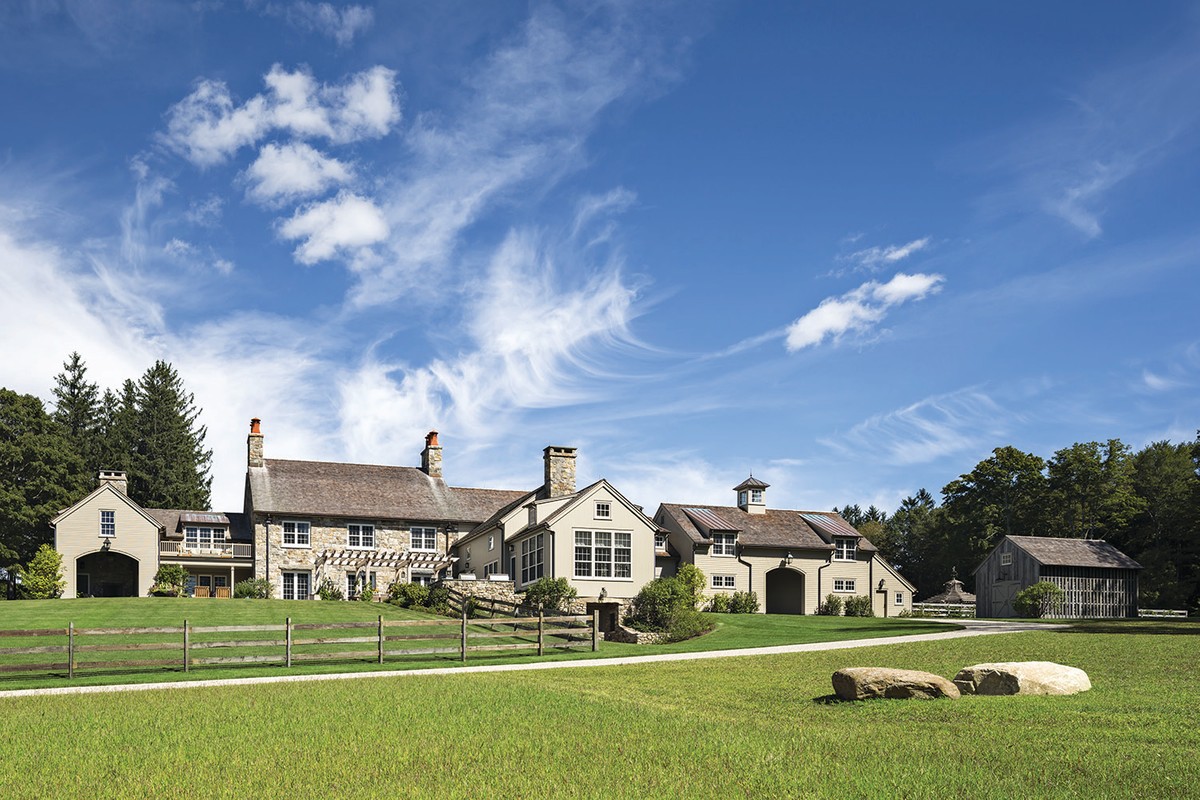DESIGN
As kitchens become more open, their appliances are being concealed beautifully behind closed doors so they blend in with the rest of the home’s decor. “Clients are thinking about their kitchens as actual rooms, not separated from the rest of the house,” says designer Oliver M. Furth, whose namesake firm is based in Los Angeles. “More and more as part of this integration, folks want kitchens to ‘look’ like rooms, too.”
It’s part of a larger trend, he says, to make high-traffic, functional rooms have a cleaner and more streamlined appearance regardless of their design style.
“But a clean look still requires a place to put things—more so if the ‘things’ aren’t going to be out on display,” he says. “That means extra closed cabinetry to hide appliances, storage for equipment and tools, deep drawers for pots and pans, cabinets with doors for mixing bowls, and even garages for small appliances like toasters, blenders, and coffee machines.”
In a recent open-plan project in Malibu, Calif., Furth hid the kitchen’s refrigeration units and dishwashers behind cabinetry doors and added a small service kitchen directly behind the main kitchen. There’s also storage space that, in homage to the main kitchen, is hidden behind cabinet doors.
“This way, my client gets to be in the kitchen and be a part of things,” he says. “There’s also the option to make a mess in the service kitchen and have that whole area be hidden.”







